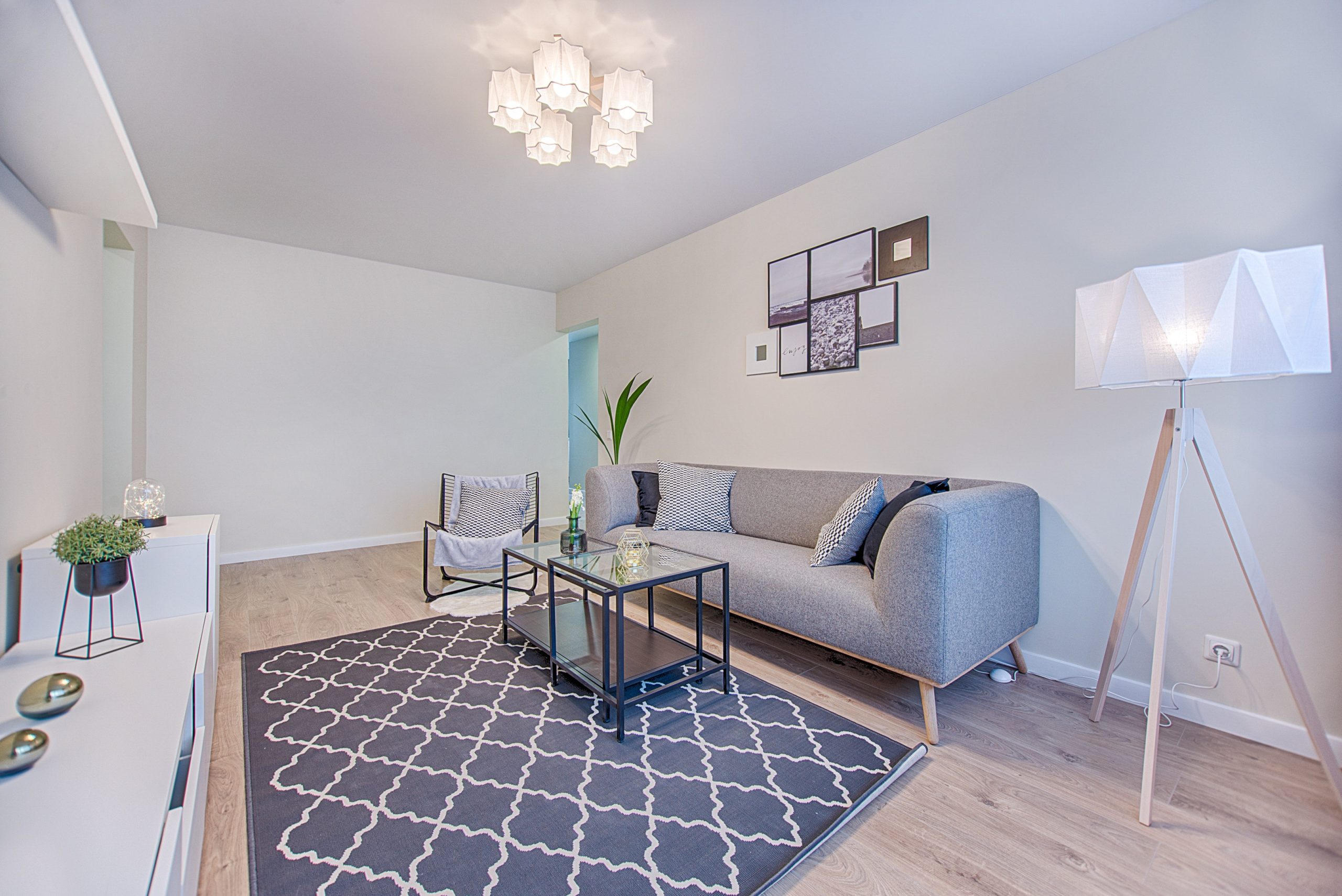We are often asked by landlord clients to clarify the difference between a replacement item of furniture, furnishing, household appliances or kitchen ware, and a purchase that may be considered an improvement. The difference is critical, as from April 2016, the 10% wear and tear allowance was scrapped and the new Domestic Items Relief (DIR) introduced. To qualify for the DIR the following points need to be considered:
• Unlike the Wear and Tear allowance, for the Replacement of Domestic Items relief to apply the dwelling house can be unfurnished, part furnished or fully furnished.
• An expense must be incurred on purchasing a replacement domestic item, ‘the new item’.
• The new item must also be solely provided for use by the tenants in a dwelling house and the old item must no longer be available for use in that dwelling house.
• The initial cost of purchasing domestic items for a dwelling house isn’t a deductible expense so no relief is available for these costs. Relief is only available for the replacement item.
It is then necessary to consider if the new item is an improvement of the replaced item. HMRC have outlined the following points:
• If a new sofa would have cost you £400 but a sofa bed cost you £550, you could only claim the £400 as a deduction and no relief is available for the £150 difference.
• When considering if the new item is an improvement on the old asset, the test is whether the replacement item is or isn’t, the same or substantially the same as the old item.
• Changing the functionally (from a sofa to a sofa bed for example) means the replacement isn’t substantially the same as the old item.
• If you later purchase a replacement sofa bed for use in that dwelling house, you would be able to claim the full cost of this new sofa bed. This is if there was no improvement on the old sofa bed and the old sofa bed is no longer available for use in that dwelling house.
• Changing the material or quality of the item also means the replacement isn’t substantially the same as the old item. If you upgrade from synthetic fabric carpets to woollen carpets, the replacement isn’t substantially the same as the old item so there has been an improvement.
• If the replacement item is a reasonable modern equivalent, for example a fridge with improved energy efficient rating compared to the old fridge, this isn’t considered to be an improvement and the full cost of the new item is eligible for relief.
One final point. When you first purchase a property to let, make sure that a figure is included in the contract to cover any domestic items included. In this way, when you replace these items at a future date you will be able to claim the DIR.




